If Switzerland had a national beverage, it would be milk. The Swiss like their dairy so much, they have even figured out how to drink it as a soda beverage (Rivella is based on milk serum.)
Here are more interesting facts about the milk and dairy industry in Switzerland:
Milk from the alpine regions that would later become Switzerland was first processed by the Celts. The Romans cultivated it, but cow milk remained frowned upon. Instead, the early farmers milked their goats and sheep to produce cottage cheese.
The average Swiss drinks 70 liters of milk a year. That amounts to 233 glasses!
2014 was the year with the highest milk production on record. Switzerland's 550'000 milk cows produced 3.47m tons of milk. This equals the volume of 1348 Olympic size swimming pools!
The average Swiss farmer owns 23 dairy cows, which is low compared to other countries. In the Alpine regions, the average is 28 - in the flatlands, it is 26.
The Swiss dairy industry owes a great deal of its success to alpine pastures. The rain and sunlight as well as diversity of plants means that Swiss milk has traditionally been richer and more flavorsome than milk from flatter farming areas.
In the alpine regions, farmers usually load the day's milk into their vehicles to drop it off at a collection point in town.
But in Lenzerheide, 1600 liters of fresh milk flows through a pipeline from the Alps straight to the Puracenter milk processing plant. No need to drop it off anymore!
For a cow to produce 1 liter of milk, it requires at least 2 liters of water and 4 kilograms of fresh grass. That's one American football field of grass per cow, per year!
During winter, the color of butter is much lighter than during summer. This is true because the summer's grass contains lots of Carotine compared to the winter's hey, leaving a yellow trace in summer butter.
In many parts of the world, milk is marketed to consumers in various types and flavors: Low-fat milk, skim milk, fat-free milk, vitamin D milk, etc. In Switzerland, this is not the case as most milk is naturally "whole".
After the 2008 milk scandal, Chinese babies became top consumers of infant formula made of Swiss milk. Apart from Nestlé, at least one milk processing plant near Lucerne has dedicated production lines to baby formula.
Emmi AG is Switzerland's largest milk producer. Since they have gone public in December 2014, it could be claimed that Swiss milk is being traded at the Swiss Stock Exchange.
Farmers receive 0.53 francs per liter of milk (Feb 2015). That's a 10 percent drop in one year.
Switzerland has a powerful milk lobby. Despite scientific studies disproving the myth that drinking milk leads to stronger bones, they keep propagating this message.
Their "lovely" mascot is called Lovely. This cow has appeared in dozens of ad campaigns promoting the health benefits of milk. Obviously, she is the world's most active cow!
Across Switzerland, milk vending machines offer farm fresh milk - 24/7.
A young start-up has brought farm fresh milk back to the city: Stadtmilch. The founder has used crowdfunding to install a milk vending machine in Zürich.
Got milk?
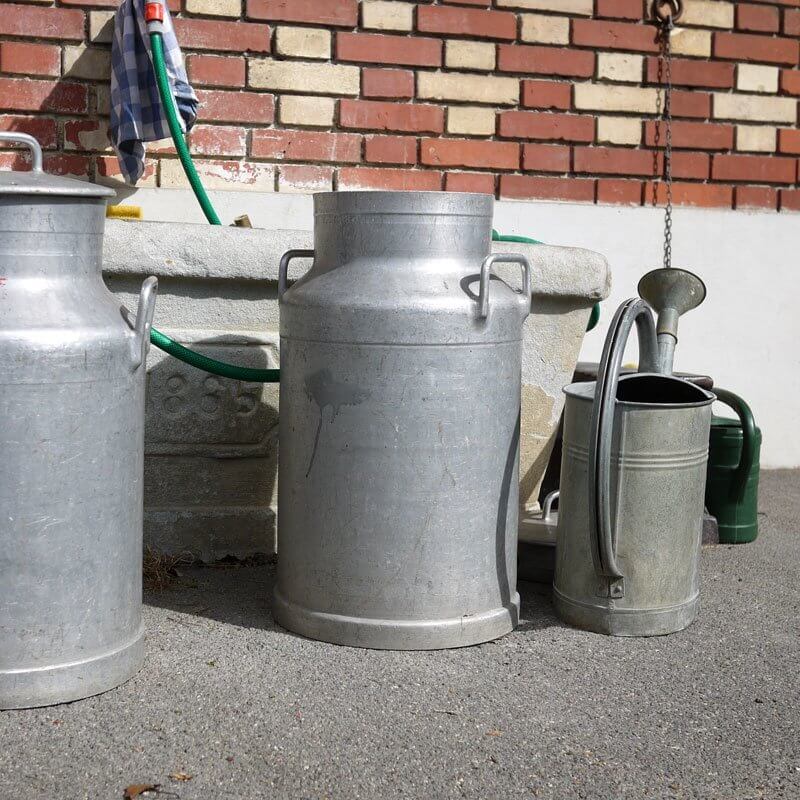

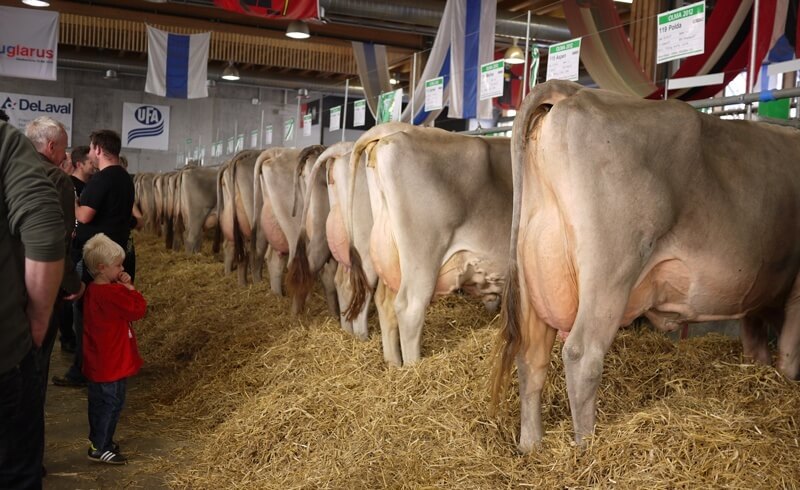
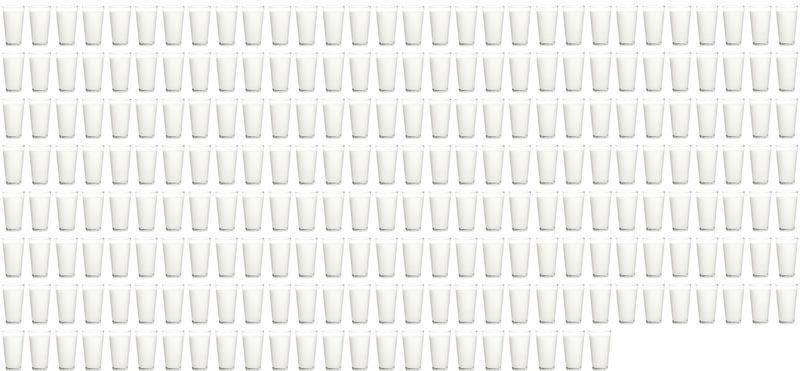
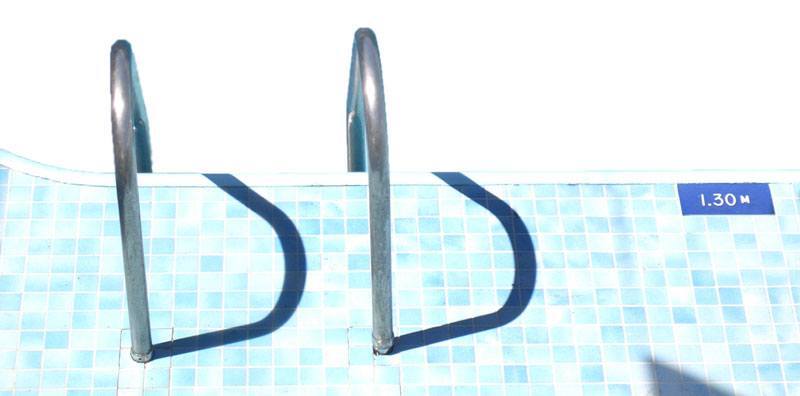
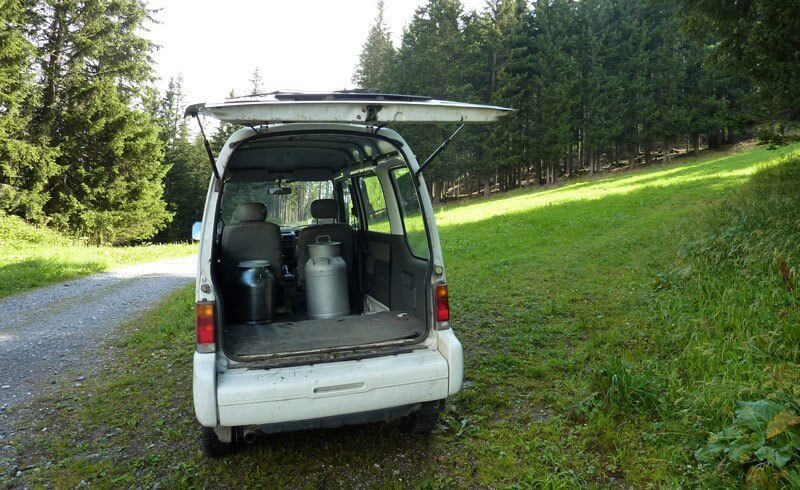
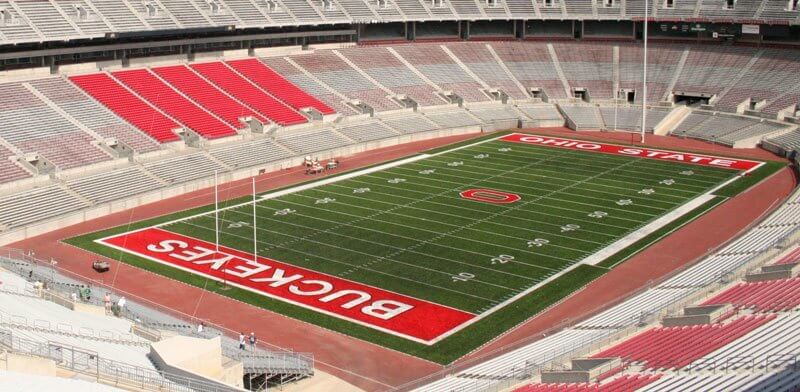
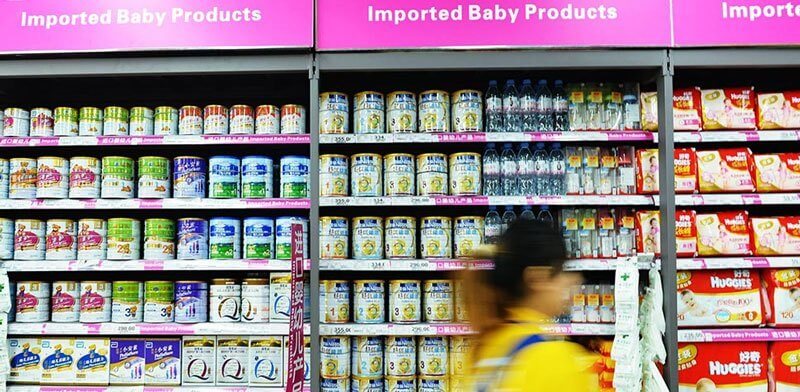
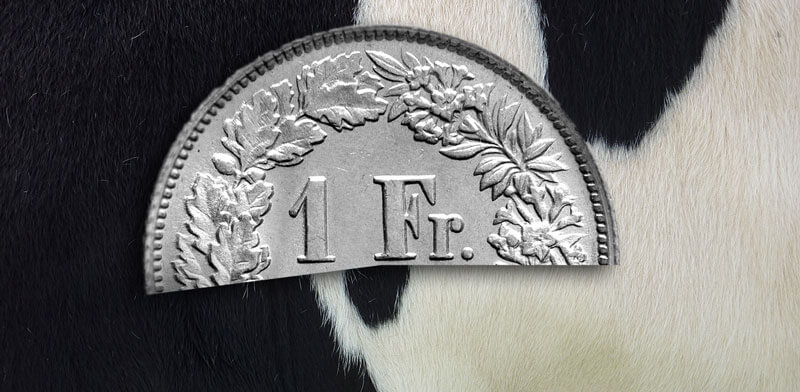
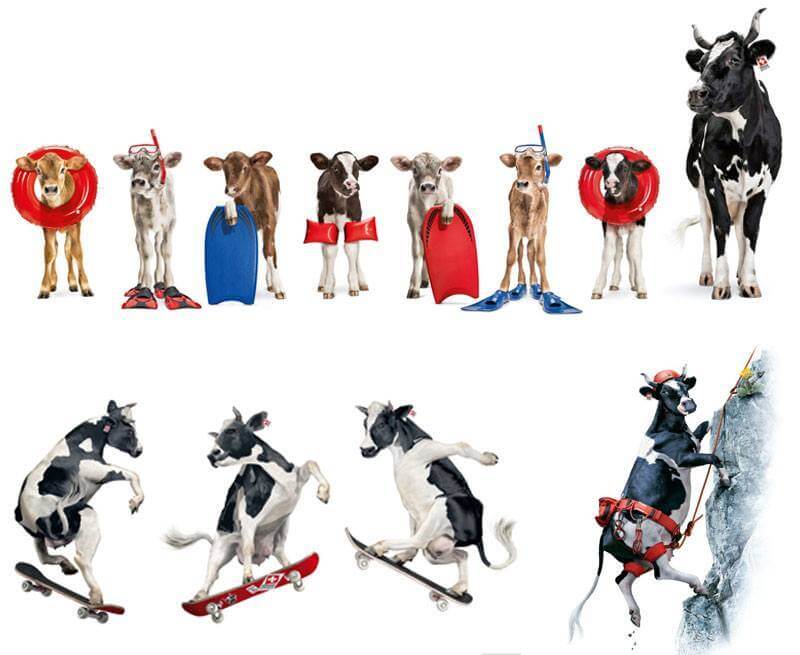
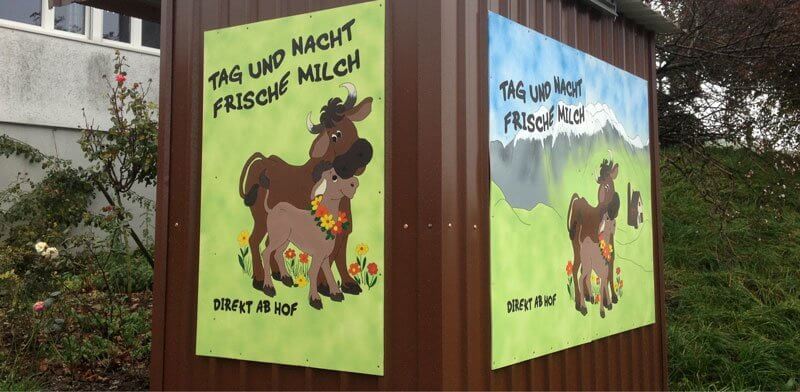
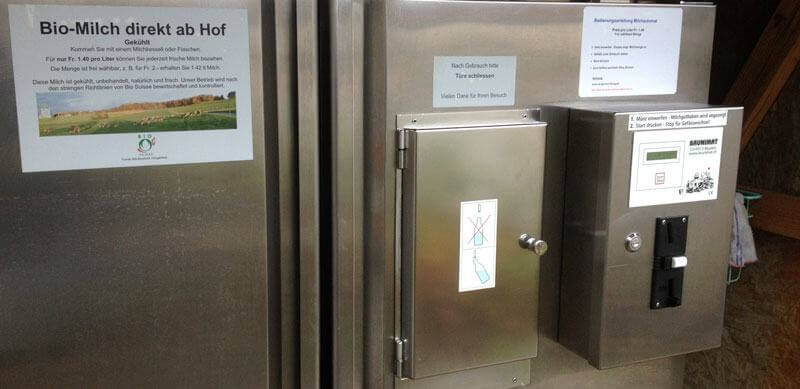
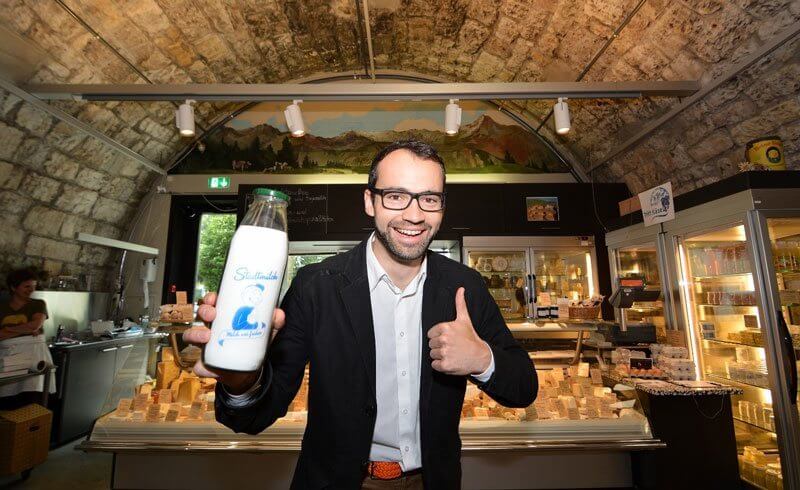


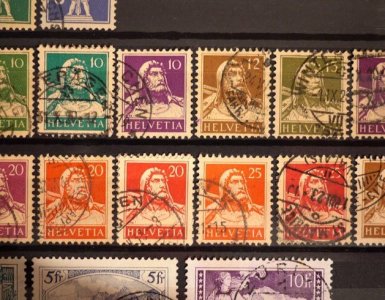

[…] is the quality of milk they use, Swiss chocolate is said to have a higher milk content. Also, Swiss milk is said to be richer and creamier due to the diverse vegetation diets the cattle have. With the […]